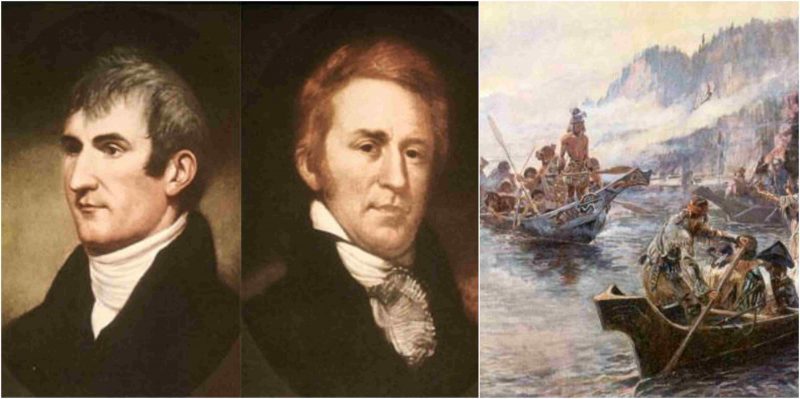Perhaps the most significant exploration journey in American history ‘the Lewis and Clarke Expedition’ has been hailed as the milestone for American exploratory ambitions. President Thomas Jefferson formed a Corps of Discovery in 1804, under Meriwether Lewis and William Clark, with the sole purpose of gaining a detailed knowledge of the land recently acquired in the Louisiana Purchase.
The men were instructed to hunt and mark a safe all-water route across North America. The expedition turned out to be a monumental task for the team; who traveled over 8,000 miles over a period of two and a half years across the territories between St. Louis and Pacific Ocean, and then made the whole journey back home.
When the two men returned they had a plethora of tales from their journey including a number of brushes with certain death, contact with Natives and wild stories about the life in the west; then an uncharted land for the settlers. Following is the list of some interesting facts about America’s greatest expedition.
Lewis’ Court Martial
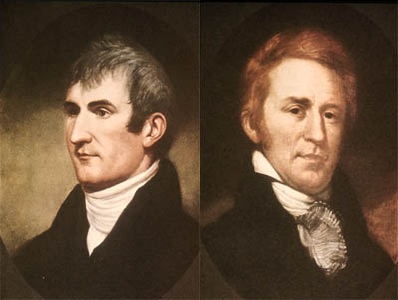
In a surprising turn of events, Lewis and Clark only managed to meet as a result of young Lewis’ court martial in his early years. While still 21 and serving as a lieutenant in the frontier army, Lewis got involved in a bloody fist fight with another lieutenant – some say he only challenged the opponent and did not fight. In any case, Lewis was court-martialled and was later found not guilty of the offence.
However, his superiors thought it only appropriate to transfer Lewis to a different unit to avoid any future altercations. Lewis’ new commander was William Clark, the man who would later become his best friend and companion in an expedition to the west.
Thomas Jefferson took Lewis under his wing in the White House
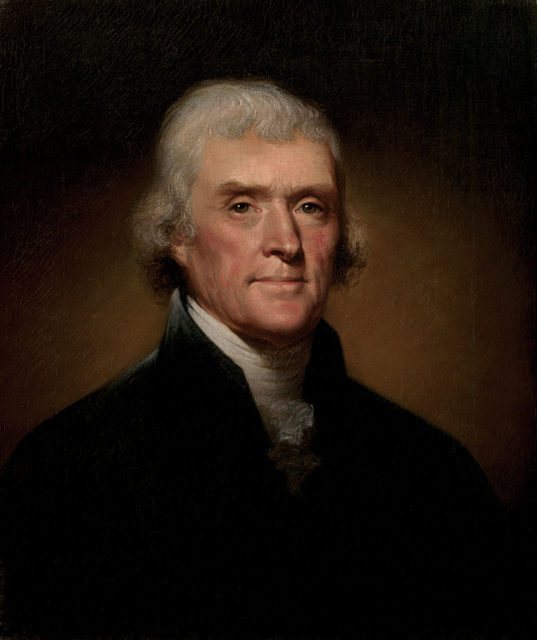
Very few people know that President Jefferson had known Lewis since his childhood years, and both had a good friendly relationship throughout their adult lives. After Jefferson had taken the office in White House, he deemed Lewis quite appropriate to take under his wings.
Jefferson sent an official invitation to then army officer Meriwether Lewis in 1801; who was not really content with his role and needed some other platform to vent his passion. Over the next few years, both forged a mentor-protégée relationship while Lewis served as Presidential Secretary.
In 1802 when Jefferson conceived his idea of an expedition to the Louisiana Purchase, he could not find anyone more befitting for the role then the rugged, passionate and experienced Lewis. President Jefferson sent Lewis to Philadelphia for the development of understanding in natural sciences, medicine, botany and celestial navigation – the traits that proved to be highly critical in their survival through the wilderness in the west.
Thomas Jefferson expected the explorers to find signs of woolly mammoths.
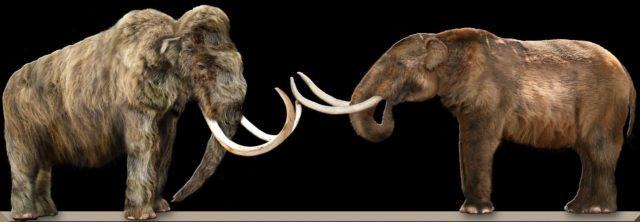
Before the two men embarked on the journey, Americans had a number of theories about the life and inhabitants of the uncharted land beyond the mountains. There were hundreds of books already written on the subject full of all kinds of speculations and wild claims. Even President Jefferson, who had a whole library of books on the frontier, thought the expedition might encounter welsh speaking Indians, large mountains of salts, giant ground sloths, and even herds of woolly mammoths.
To the disappointment of many Lewis and Clark returned with no confirmations of such stories; however Lewis had brought with him a long list of previously undiscovered plants and animals including grizzly bears, mountain beavers, and coyotes.
William Clark’s Slave in the Expedition
Lewis and Clark’s Corps of Discovery contained some two dozen experienced soldiers. However one member of the corps stood out; his name was York and he was Clark’s personal slave. The tall, well-built personal servant of Clark instantly became a sort of celebrity among the local tribes; who had never previously met a person of such physique and skin tone. Some tribes went too far in their speculation about York; the Arikara people who inhabited the North Dakota regions thought the slave had supernatural healing powers and named him the ‘Big Medicine.’
Despite the fact that York’s name was not officially added to the corps as a regular member of the team; he nevertheless made the whole journey and back as a very valuable member of expedition utilizing all his skills to further the cause. Another milestone in the American history that went unnoticed all through the coming historical works, was the voting that took place among the members in 1805. The matter was of trivial nature, where to camp in the winter, however two colored members of the team – York and the interpreter Sacagawea – were given the right to vote on the matter.
Not many historians reported the incident, but according to one historian Stephen E. Ambrose, the simple show of hands marked the first time two colored people were given the right to vote in any affair in American society.
The Expedition amassed some 200 pounds of gunpowder and an air rifle
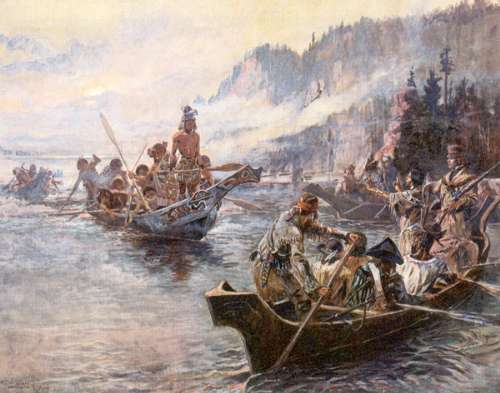
As mentioned above, the men did not know a whole lot about the wilderness they were entering into; hence they had to take into consideration all possible outcomes including armed bouts with the local tribesmen. The expedition had to its disposal one of the largest arsenals ever carried to the west of Mississippi.
Packed with 200 pounds of gunpowder, 400 pounds of lead for bullets, knives, tomahawks, pikes, several rifles and muskets, the Corps were armed to the teeth for any possible confrontation with the Indians or any criminals lurking in the woods.
Despite the nature of the journey and encounters with a number of tribes, the men in the expedition did not really have to use the arsenal. However a few shots were fired during a small altercation with Blackfeet Indians. When the firing stopped two natives had perished, but despite this the incident was resolved without further violence.
